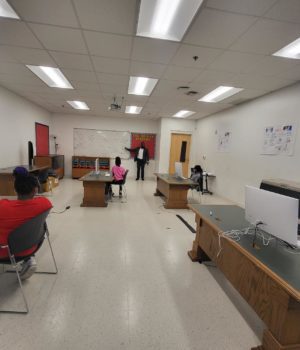Charter Schools Well-Positioned to Reflect and Plan
Charter schools tend to be small, responsive to community needs, and flexible by design. This allows them to quickly and effectively create, monitor, reflect on, and adjust the kinds of programming and support their students need. Investors in charter school bonds might well wonder what a strong response to the unrest and disruption of spring 2020 looks like, as summer begins and schools turn toward fall planning. How are charter schools planning to keep students safe, engaged, and learning?
Charter schools’ close connections to the communities they serve help them identify successes and gaps, strengths and challenges. They have been able to mobilize quickly to get computers, high speed internet access, and food to families in need during the pandemic. This spring, charter schools whose programs already incorporated online learning– such as Mastery in Philadelphia and Acero in Chicago– had students logging onto familiar learning platforms at home. Other charters– Global Leadership Academy in Philadelphia, and Freire Wilmington Charter School– provided just-in-time intensive trainings to teachers so they could make interactive video lessons for their students, offer cultural circles and student support over videoconference, and make performing arts showcases accessible to the larger school community online.
Charter schools around the country are using this spring’s experiences to understand families’ and students’ needs around online learning, and will apply lessons learned to 2020-2021 contingency planning. With some of the data already in from this spring’s pilot programs, charters are figuring out how to prioritize learning time offline for younger students, how to increase online accountability and interactivity for older students, and what routines, support and platforms work best for frequent, two-way communication with families.


